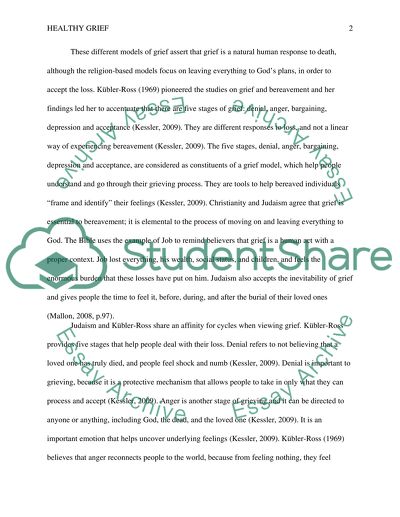Cite this document
(“Healthy grief Essay Example | Topics and Well Written Essays - 1000 words”, n.d.)
Healthy grief Essay Example | Topics and Well Written Essays - 1000 words. Retrieved from https://studentshare.org/nursing/1452753-healthy-grief
Healthy grief Essay Example | Topics and Well Written Essays - 1000 words. Retrieved from https://studentshare.org/nursing/1452753-healthy-grief
(Healthy Grief Essay Example | Topics and Well Written Essays - 1000 Words)
Healthy Grief Essay Example | Topics and Well Written Essays - 1000 Words. https://studentshare.org/nursing/1452753-healthy-grief.
Healthy Grief Essay Example | Topics and Well Written Essays - 1000 Words. https://studentshare.org/nursing/1452753-healthy-grief.
“Healthy Grief Essay Example | Topics and Well Written Essays - 1000 Words”, n.d. https://studentshare.org/nursing/1452753-healthy-grief.


